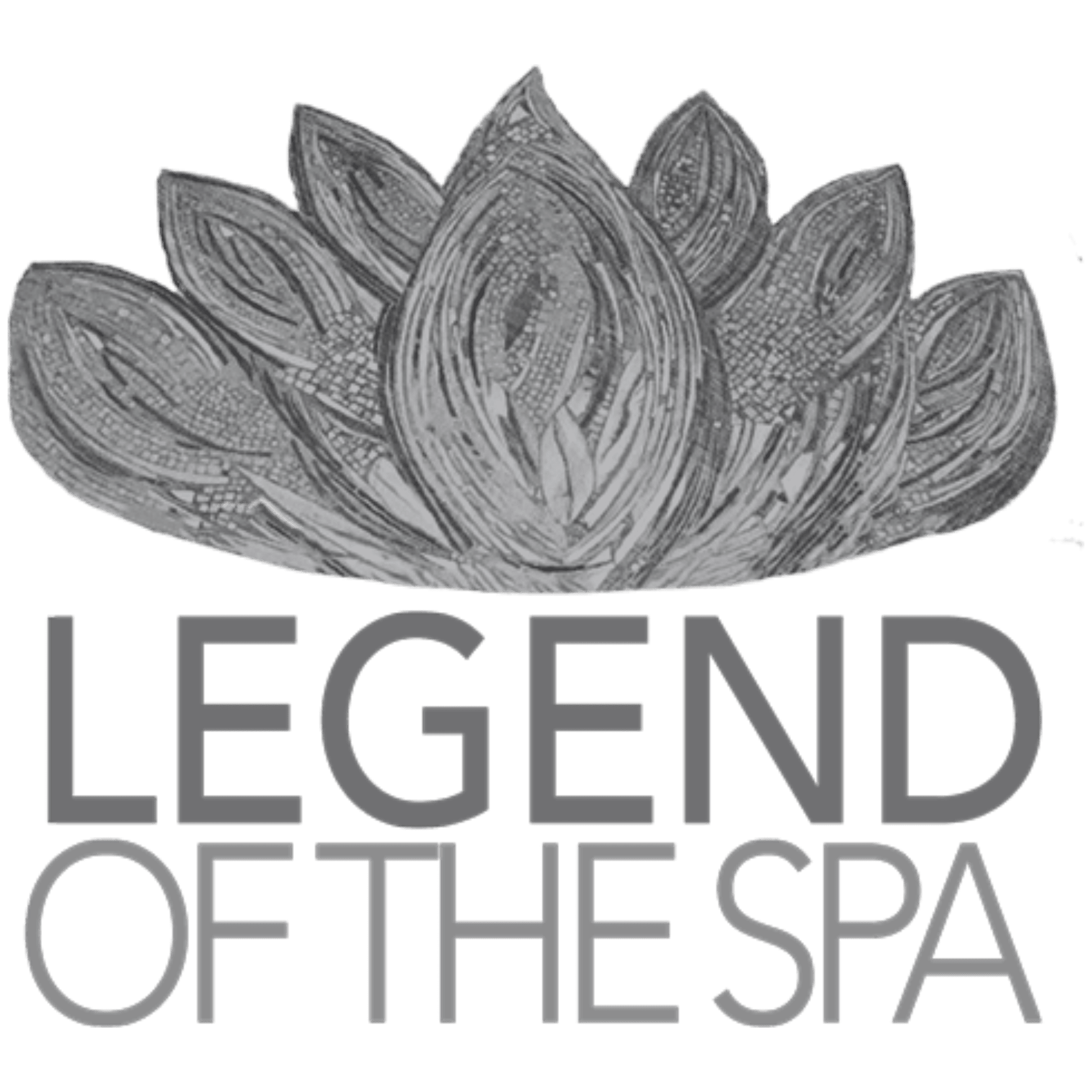The Dos and Don’ts of Exfoliation
We all know that exfoliation is an essential part of achieving healthy, glowing skin, especially in your late twenties and thirties when your skin renewal process begins to slow.
Through exfoliation, you’re removing the dull surface layers of dead skin cells to reveal the new, younger skin underneath. The depth of the exfoliation depends on the type of treatment you receive. The important thing to remember is that regardless of what type of exfoliation you go for, there are several key steps that you need to follow to ensure you get the most out of your treatment.
Before you go skin deep, make sure you read the below dos and don’ts of exfoliation treatments:
Do: Determine your skin type
To get the most out of exfoliation, and to avoid any unpleasant side effects, it’s vital that you’re familiar with your skin type.
Remember that a “skin type” is different than a “skin concern”. Skin types are classified as Normal/Oily/Dry/Combination/Sensitive, whereas skin concerns are conditions that you want to treat and can include blemishes, wrinkles and sun damage.
Scenario: Your skin is prone to irritation and redness and you have a few dark spots on your face due to sun damage.
Skin care analysis: Your skin type is most likely “sensitive” and the skin concern that you want to target are the dark spots (uneven skin tone).
Don’t: Exfoliate irritated skin
Whether it’s a sunburn or a skin reaction caused by another product, if you’re experiencing any type of irritation, it’s always best to avoid exfoliation. In this case, scrubbing away at your skin could cause more harm than good. We recommend holding off on any type of treatment until your skin has completely recovered.
Do: Follow exfoliation with SPF
When it comes to your daily skin care routine, sun protection is a must. Once you’ve buffed away the dull layers of your skin, your complexion immediately becomes more sensitive. After exfoliation, your skin is more susceptible to damage from the sun or other environmental elements, which means it’s even more crucial to apply an SPF moisturizer.
Don’t: Use synthetic exfoliants
Not only can synthetic exfoliants like plastic microbeads harm your skin, they can also cause intense damage to our environment. Opt for products that use natural and organic alternatives to plastic microbeads. For example, our Pear & Poppyseed Microderm Polisher uses ground poppy seeds and fine walnuts, and our Red Currant Exfoliating Cleanser uses ground olive seeds to gently remove dead skin from the skin’s surface.
Do: Use caution when combining exfoliation treatments
Although some exfoliation treatments work well together, there are some combinations that should be avoided.
When using retinol treatments for example, it’s recommended that you use caution when undergoing additional exfoliation procedures such as waxing eyebrows, chemical peels, microdermabrasion and laser treatments (SheKnows.com). This also applies to over the counter medications. To be safe, it’s always best to consult your physician before undergoing any intensive exfoliation treatments.
Although retinol treatments should be avoided when using our VitaSkin™ Exfoliating Peels, other treatments like our Strawberry Rhubarb Dermafoliant and our Yam & Pumpkin Enzyme Peel 5% can actually boost results when used prior to the exfoliating peels.
This post was written by Christie Pike from Eminence Organics.
You can find their blog here












